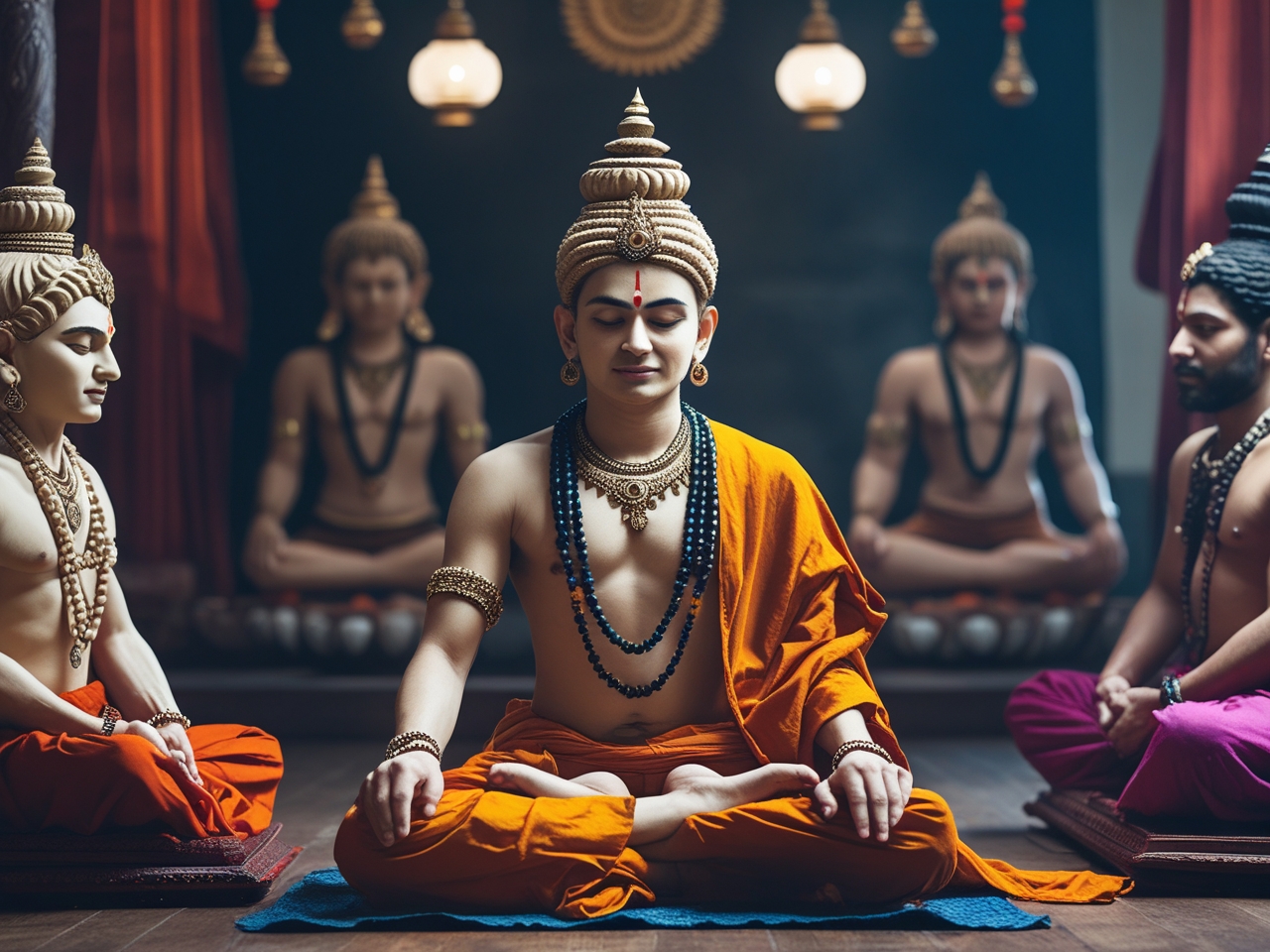Category: Mindful Living සිහියෙන් යුතුව ජීවත්වීම

Throughout our lives, we should always strive to practice virtues. Virtues are wholesome actions (kusala kamma). These are what we receive as consequences. The wholesome and unwholesome actions we perform now determine the consequences we will face in the future. As we discussed in a previous article, individuals adhering to faith (saddhanusari) and those adhering…

Two concepts frequently encountered by those exploring Buddhist teachings are the Five Divisions (Panchakkhandha) and the Five Divisions of Clinging (Pancha Upadanakkhandha). The Five Divisions are: These are further divided into eleven categories. The Form Division, for example, encompasses a multitude of forms: All forms that can be mentally conceived fall under the Five Divisions.…

Our stream of consciousness can be likened to a tree. The “Cetasikas” are its leaves, flowers, and fruits, representing the various mental states that arise. The root system of this tree is also composed of “Cetasikas.” The three primary unwholesome roots are “Lobha” (greed), “Dvesha” (hatred), and “Moha” (delusion). The three primary wholesome roots are…

If our stream of consciousness is defiled, it can be tri-rooted with greed (lobha), hatred (dvesha), and delusion (moha). It can also be dual-rooted, meaning greed and delusion, or hatred and delusion. Greed, hatred, and delusion are the three unwholesome roots. They represent attachment, aversion, and not seeing with wisdom, respectively. Delusion (moha) is an…

We cannot become a refuge for the Dharma; we must take refuge in the Dharma. How do we do this? By realizing the impermanent (anicca), suffering (dukkha), and non-self (anatta) nature of the mind, and by embarking on the path of morality (sila), concentration (samadhi), and wisdom (panna). In this state, a being sees the…

We, beings composed solely of name and form (nama-rupa), are a system of six subtle systems of material phenomena (rupa kalapa), designed to recognize external perceptions arriving through the eye, ear, nose, tongue, body, and mind. Attachment to these perceptions is desire (kama), and aversion to them is hatred (dvesha). The mundane world is continually…

Buddhism is fundamentally centered on the mind. The mind is always either defiled or undefiled. If we categorize minds according to individuals, we can identify mind streams that are: defiled and aware of it, defiled and unaware of it, undefiled and aware of it, and undefiled and unaware of it. If we use the analogy…

It is stated in Buddhist teachings that the eight worldly conditions—gain and loss, fame and disgrace, blame and praise, happiness and suffering—are common to all who are born, and that they change from time to time. To remain unshaken by them, one must understand the ‘machine science’ of how the mind works. The only truth…

From the moment a being’s life begins, every single moment of consciousness (the lifespan of a thought, which, for ease of understanding, can be approximated to one part out of 660 millionths of a second) is like a tossed coin. It spins, turning towards attachment (greed) or aversion (hatred). The final consciousness of a life,…

According to Buddhist teachings, “oja/vitality” is essential for the sustenance and invigoration of our physical bodies. Ancient Buddhist texts describe four ways this vital energy is supplied: “Oja/vitality” is distributed to our physical body through these four channels. The “Chittaja Kaya” can be enhanced by cultivating mindfulness and meditation. The “Karmaja Kaya,” “Ritujaja Kaya,” and…
